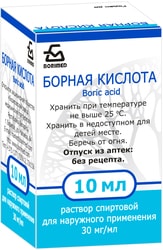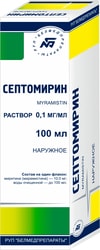Isopropyl alcohol (IPA), also known as isopropanol or propan-2-ol, is a colorless liquid with a strong, characteristic odor. Its chemical formula is CH₃CH(OH)CH₃. This high-purity, anhydrous IPA is a powerful solvent with diverse applications across various industries.
IPA is a secondary alcohol belonging to the aliphatic series. It readily forms esters and reacts with active metals. Condensation with aromatic compounds yields derivatives like isopropylbenzene. It excels as a solvent, readily dissolving in benzene and acetone, and miscible with water and other organic solvents in any proportion. It effectively dissolves natural and some synthetic resins, ethylcellulose, polyvinyl butyral, and most oils. However, it's not suitable for use with all rubbers and plastics. IPA forms an azeotropic mixture with water (87.9% propan-2-ol). Its inertness towards salt solutions facilitates its separation from aqueous solutions. IPA's freezing point is -89.5°C. Its vapors have narcotic effects; while more toxic than ethanol, its rapid intoxicating effect prevents lethal dose ingestion.
IPA is flammable and should be handled with care. Avoid inhalation of vapors and prolonged skin contact. Ensure adequate ventilation when using. Keep out of reach of children. Consult the Safety Data Sheet (SDS) for detailed safety information.
Buy High-Purity Isopropyl Alcohol Today!




